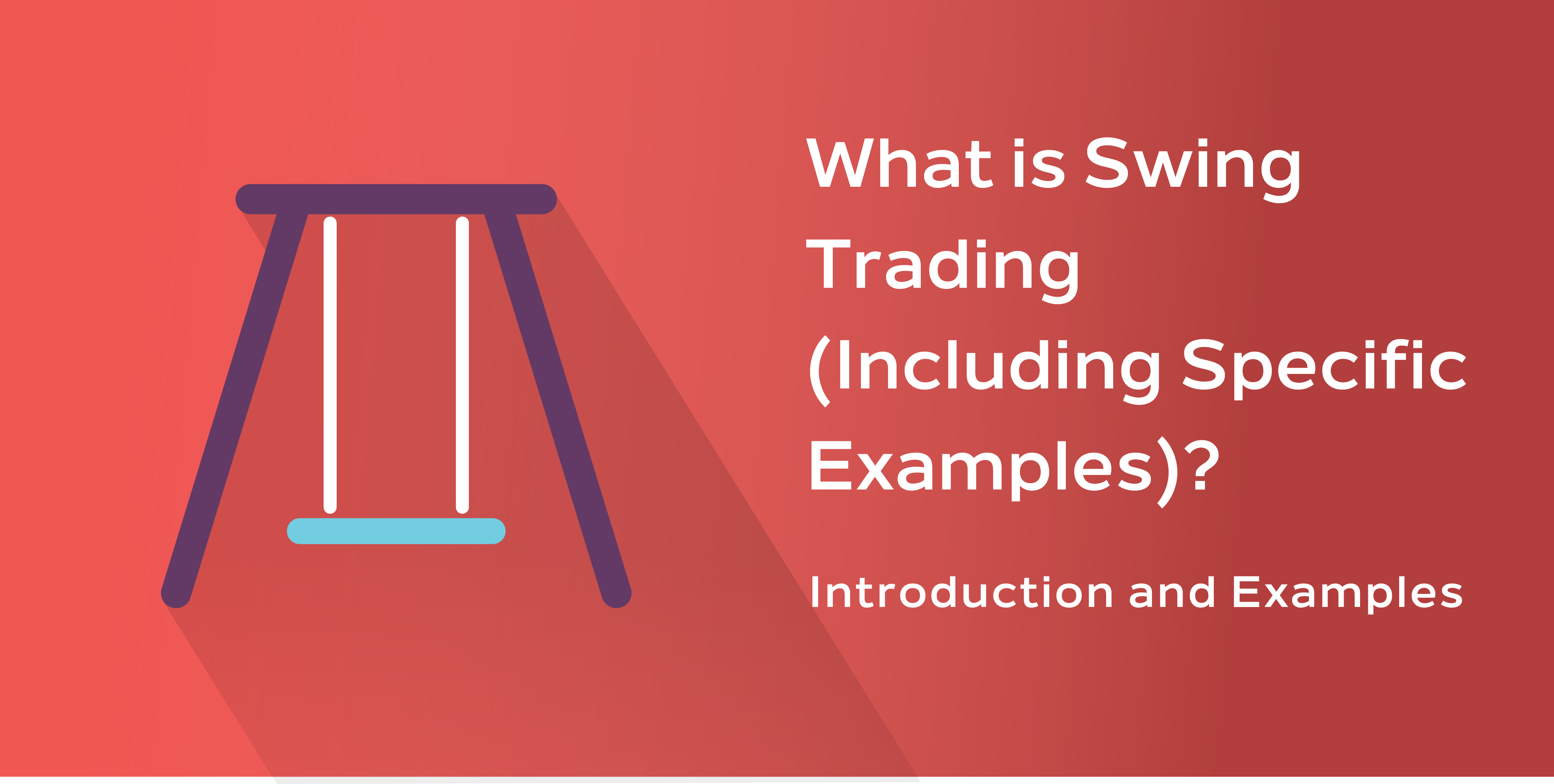
Swing Trading is a trading philosophy that looks to capitalize on short-term market swings. When considering this trading style, it is important to keep in mind the three things that drive price action:
- Fear
- Greed
- Uncertainty
As investors become greedy, they may buy a stock and thus drive the price up.
As investors become fearful, they may sell a stock and thus drive the price down.
As investors become more uncertain, they may neither buy nor sell and the stock may go nowhere.
A swing trader looks to capitalize on such movements. A swing trader realizes that the “crowd” is often wrong, and if a stock is bid up over several days, the stock could potentially be driven back down (and vice-versa).
A swing trader is looking to take a larger piece of a market move than a scalper, but a smaller piece of a move than a position trader. A swing trader is typically in a position from one to seven days.
Some of the key market conditions a swing trader may look for include:
- Overbought or oversold conditions
- Divergences between price and momentum
- Moves to key areas of support or resistance
- Pullbacks within uptrends or rallies within downtrends
Let’s look at some examples:
Example A: Shares of company ABC are in a long-term uptrend. The stock has been sold off in recent days, moving from $50 per share to $45 per share. On a previous occasion, the shares were bought heavily at $45 and thus this area may represent some solid support. A swing trader may look to get long ABC at $45 in an attempt to ride the stock for a move back towards the $50 level. Because the trader feels $45 is good support, he or she may place a stop directly below this level to exit the long position if they are wrong. For example, the trader may place a stop at $44.50 and a profit target at $47.50. This represents a 1:5 risk versus reward ratio.
Example B: Shares of company XYZ have been trading sideways for several weeks and have maintained a range of $23 to $25 per share. With no upcoming earnings announcements or other key news events, a swing trader may look to simply trade the range. As the shares approach the top of the trading range at $25, a swing trader may look to be a seller. As the shares approach the bottom of the trading range at $23, a swing trader may look to be a buyer. He or she is simply looking to trade the swings between support and resistance.
Swing traders use many different forms of technical analysis and various strategies. In a nutshell, however, they are simply looking to take advantage of short-term price swings in a security. While simple in theory, it is much more difficult in practice.
Swing trading may be an ideal strategy for traders that don’t have the time to watch markets all day long but don’t have the capital to make larger position trades.
Due to the nature of markets, swing trading opportunities may be found in any security from stocks, to futures, to forex.










